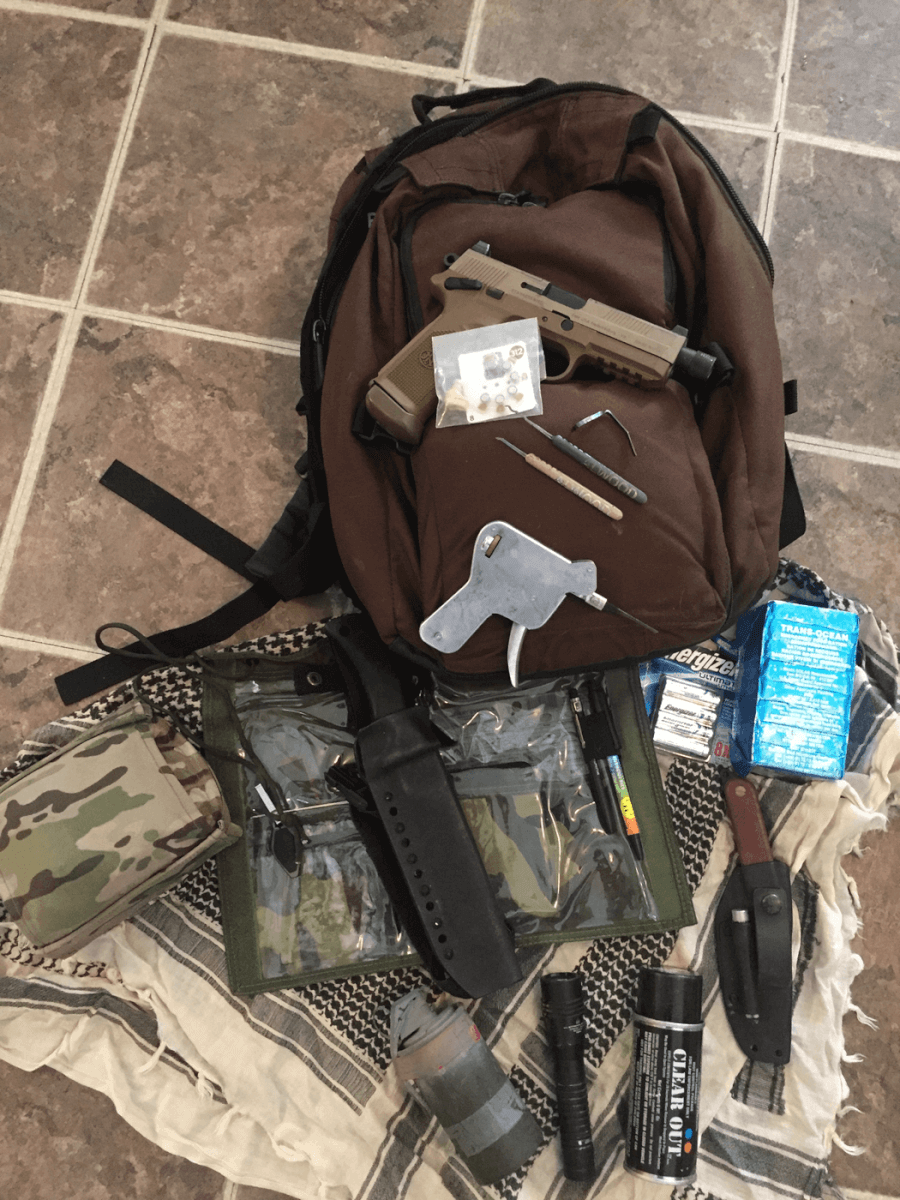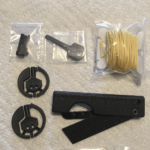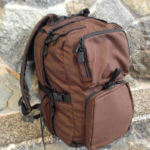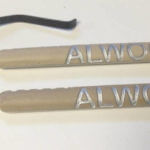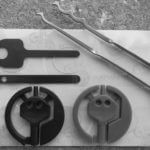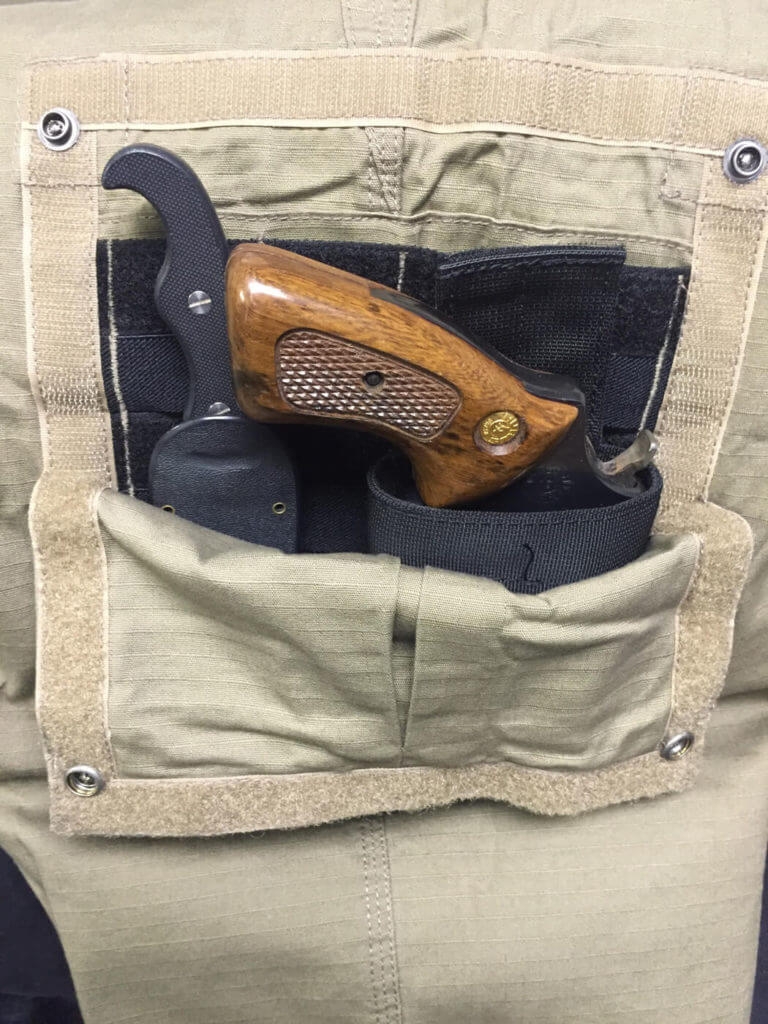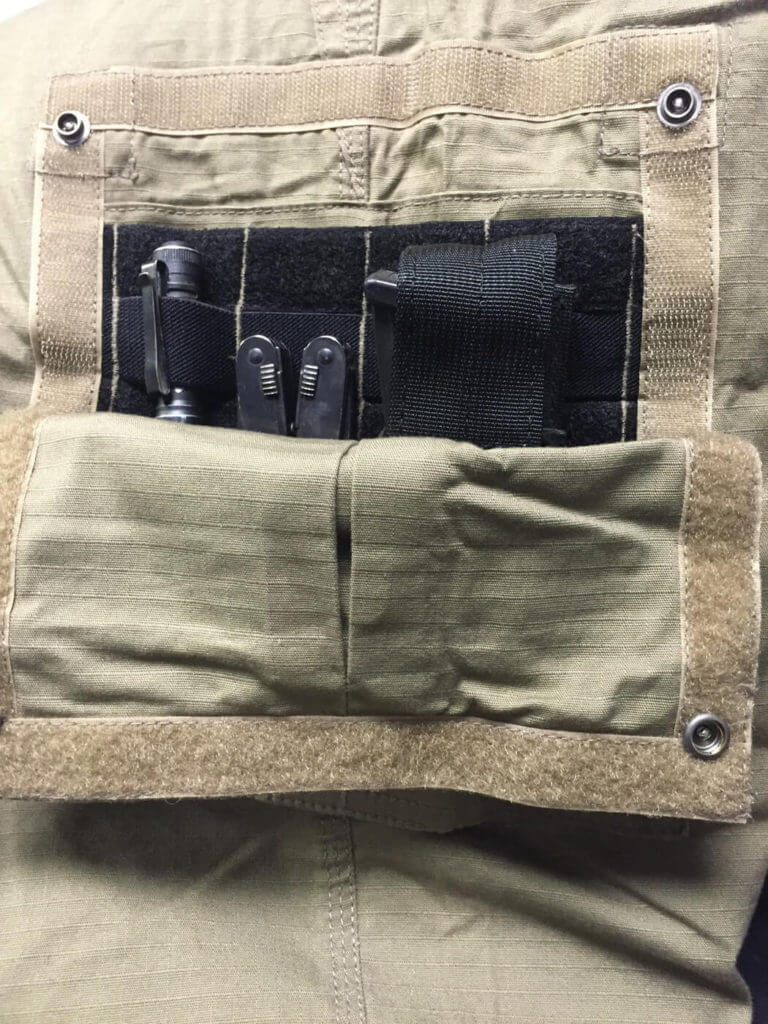It is tough to beat experience. After teaching Special Operations units SERE (Survival Evasion, Resistance, Escape), working security on the last three big hurricanes and tsunamis overseas, and security contracting in combat zones, I can tell you what kind of preparation you need to make it through and survive almost any situation.
Bear in mind, although I will discuss a lot of gear and equipment, I always tell my students, “software beats hardware,” meaning skill sets and knowledge win over gear every time. Training trumps gear. Now we add the gear to our personal abilities and we are set.
 TIERS OF GEAR
TIERS OF GEAR
No matter what it is that you are preparing for, from a natural disaster to riots, or on the run behind enemy lines; these rules will apply across the board. I first break down gear in tiers.
Tier 1 is what we have on our person at all times. No matter what happens, we will always have a minimal amount of abilities because we have critical items with us when we need them.
Tier 2 is gear that we have in a “go bag.” It may be a backpack, satchel, or other type of carrier. This can go with us inside work, to our car, and to our house. We will have this close by at all times.
Tier 3 gear is what we have in our vehicle or home or both. It is a larger, full kit that cannot be carried on our person, but is of great resource to us when we have it available.
Our basic needs are the same, no matter what the condition. Shelter, water, fire, food, protection, medical, and communications are what keep us in the game. In our tiered kits we will provide for each of these to assure our survival. The key is to have the right equipment, and have it organized and ready to roll. You will find the more skill sets and knowledge you have, the less gear you actually need. But we will assume you have a decent proficiency in self-reliance and look at our equipment accordingly.
TIERS EXPANDED
Tier 1: We generally have this equipment on us already — cell phone, keys, wallet, etc. By adding just a few more things to our everyday carry on our person, we can greatly enhance our abilities. This equipment includes small flashlight, small fixed blade knife, mini lockpick set, multi-tool, analog watch, handgun, small lighter, and some escape equipment which we will go through later.
Tier 2: These kits are portable and give us much more potential as we can have better tools. My all-time favorite pack is the Condition 1 Covert Pack. In this kit we will have a small trauma kit like the Velocity/Mayflower, handgun, extra magazines, small monocular, NODs, full size lockpicks/ jigglers/entry kit, OC, lighter, compass, map, full-sized fixed blade utility knife and smaller utility blade such as the OPT knife, GPS, full-power flashlight, extra batteries, multi-tool, backup phone and charger, bionic ear, Rite in the Rain notepad and pen, thumb drive with critical information, shemagh, survival straw, Camelbak, and a form of high-calorie/high-protein food.
I like Snickers bars for this. As you can see, this kit gives us a lot of abilities in a small package. This easily fits into a small backpack, satchel, or even a “Gearslinger” type bag. It is easily portable, and has tons of capabilities.
Tier 3: This kit isn’t as portable. It will be placed in the vehicle or home or place of work — preferably all three — and will include a radio, lockpick, gun, compass, smoke and tear gas grenades, hatchet or tomahawk, full medical kit, bolt cutters, tool kit, carbine with extra magazines, cordage, small shovel, and a host of other essentials that you think you may need. Here we will also include food and water and everything in the other two tiers as well.
KIT RULES
Next up is gear rules. All gear should be duplicated in each tier. Meaning everything in your Tier 1 kit will also be in your Tier 2 and 3 kits. Tier 2 gear will also be in Tier 3. All gear should have multiple uses, as many as possible. This cuts down the weight and size and money output for each kit. You should not be dependent on gear. You should be able to do without any piece of your gear, by adjusting either tactics or strategy or be able to easily and reliably find or manufacture a substitute. Do not be dependent on gear, your knowledge and skill sets will get you through, the gear will just make it easier and more efficient.
Now that being said, the equipment we do purchase must be quality. I know, we all have our favorite brands and companies that we like, but we really must look at each individual piece without prejudice or bias and make sure it holds up and performs the tasks in real life. The better the quality of tool, the more efficient we will be. In every course I have taught, gear has failed the user. If you have not yet tested it out in a real environment, then you must do so, or you must rely on the opinion of someone who actually has.
 There are many people out there with lots of different skills and experiences, but have they actually tried that exact piece of equipment, and used it for the purpose you intend? People may also fail to consider this: a piece of equipment may work perfectly for someone else, but you may not have the same skill level as they do and may need a different tool. High-quality equipment is essential. It’s not about the amount of money you spend, it’s about the quality of the gear, and your skill level using it.
There are many people out there with lots of different skills and experiences, but have they actually tried that exact piece of equipment, and used it for the purpose you intend? People may also fail to consider this: a piece of equipment may work perfectly for someone else, but you may not have the same skill level as they do and may need a different tool. High-quality equipment is essential. It’s not about the amount of money you spend, it’s about the quality of the gear, and your skill level using it.
GEAR ORGANIZATION
I like to keep my kits very organized. I don’t dump everything into a bag and dig around for the piece I want when I need it. Consider how you pack your gear. If it is Tier 1 gear, then we can make things easily accessible and low profile by carefully choosing the clothing we wear and where we put our items. My all-time favorite clothes are the Adder System from Berne Apparel. Hands down, the quality is exceptional, and there is nothing else like it. They have coats, vests, soft-shell jackets, jeans, cargo pants and shorts. It keeps all of your Tier 1 gear organized, invisible, and highly accessible.
Our Tier 2 and 3 kits must be organized as well. Think about placement. I put things on the outermost pocket of my pack that I will need quickly, or in low light. So my outside pocket has a flashlight, tourniquet, and pistol. The other inside pockets have things placed so that the less quickly I need access to them, the deeper inside they are. For instance, shelter items like cordage and space blanket can be near the bottom, but the other items I need quicker access to, I place in pouches, higher up in the bag, or in the second pocket instead of the large cargo space.
One of my favorite ways to keep things clean and organized is by using pouches or cases such as Triple Seven brand gear. These are high quality, aff ordable, and allow you to organize all of your equipment together in appropriate categories so you aren’t fumbling around looking for things and/or losing them. A little compulsiveness is appropriate when organizing your kit. Don’t be a slob, be organized and ready.
MOVING AHEAD
Another essential piece to all of this is maintaining and gaining new skill sets. Most of the skills you need are like riding a bike — you will probably never lose it or forget how to do it, but your proficiency will suffer tremendously without continued practice. From lock picking, to shooting, to starting a fire, most of these skills need ongoing practice to keep up the level we need.
I eluded earlier to escape tools, and by this I’m talking about kidnap/escape type tools. All of these items are small and can be carried and hidden invisibly. Handcuff keys and shims, diamond wire, Kevlar cord, FRS (folding razor and saw), and the V cutter all sold by SEREPICK. These can be absolutely essential in many scenarios. They are very affordable, small, and easy to carry. Have them in your kits, all three tiers.
PLAN, BE READY
With all of our new gear and skill sets, we now need a plan. There are many different variables, and each is very specific to you and your personal situation. Whether to bug out or shelter in place involves many complex variables that each individual must consider. Where will you go, this must be thoroughly thought through, as well as the route to get there, with A, B, C, and D plans to make it happen.
Plan everything, from shelter in place to bugging out with P.A.C.E. (Primary Alternate Contingency and Emergency) plans. Even your gear, what would you do if one of your best tools was broken, lost, or stolen? Have a plan. So think ahead, plan ahead, act ahead, and be ready.
The author carries a Headhunter Blades R.A.T. and snubnose revolver concealed in his Adder System vest.
Editor’s note: A version of this article first appeared in the How To special issue of American Survival Guide.


